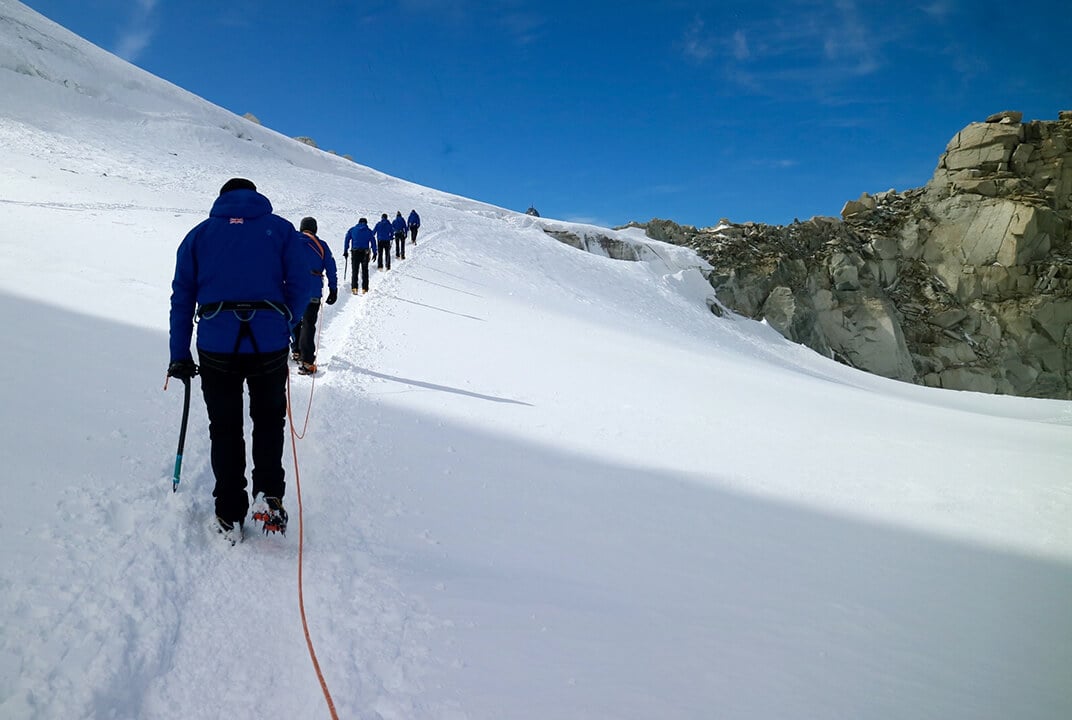Paramotor flight set to join Bewick swans’ migration
A conservationist aims to find out why numbers of a swan species are plummeting by flying alongside them in a paramotor as they migrate to the UK for the winter.
Sacha Dench of the Wildfowl & Wetlands Trust (WWT) will be supported by Inmarsat connectivity as she tracks the Bewick’s swans on their 4,500-mile (7,000 km) annual journey from arctic Russia.
Transmit updates
Together with a specialist team on the ground, Sacha will gather evidence that the charity hopes will help halt the population decline of the bird, down from 29,000 to just 18,000 in five years.
The 10-week Flight of the Swans will be followed closely by scientists, wildlife supporters and schools, so being able to transmit updates is an important aspect of the challenge.
Keeping the conservationists, supporters and schools which are following the challenge up-to-date with findings is an essential part of the challenge, and so the expedition team will be travelling with two BGAN terminals and six IsatPhone 2 satellite phones supplied by Inmarsat so they can stay in touch, transmit reports, video and photographs, and post on social media, no matter how remote their location.
Sacha said: “Inmarsat technology is doing several things for us, it’s making our tracking really simple and it’s also giving us the potential to communicate what we’re doing to the world – which is quite often something that is missed out of conservation projects.
Live broadcasts
“Out in the tundra we’re going to be able to use Inmarsat’s equipment to broadcast live from a Nenets’ reindeer camp and along the rest of the journey we will be able to upload updates onto social media, send information out to the media worldwide and we’ll also be able to do regular live broadcasts, including on the BBC’s Autumn Watch in the UK.
“We’re also engaging with lots of school groups, so we’re going to be able to broadcast live into schools and handle question and answer sessions with some of them.
“And if we have a question, we can get in touch with scientists anywhere around the world as well.”
The swans’ migration is due to begin later this month.

